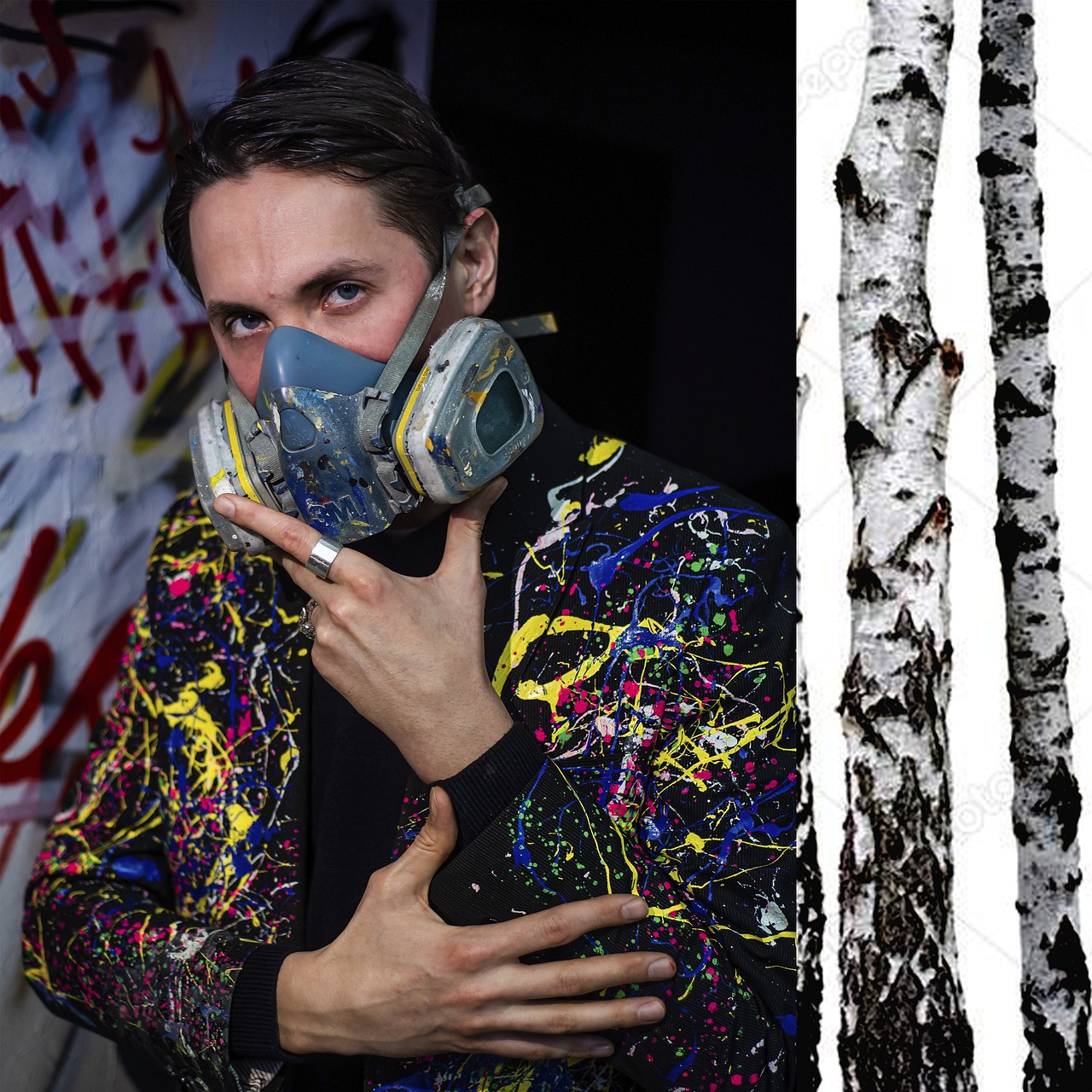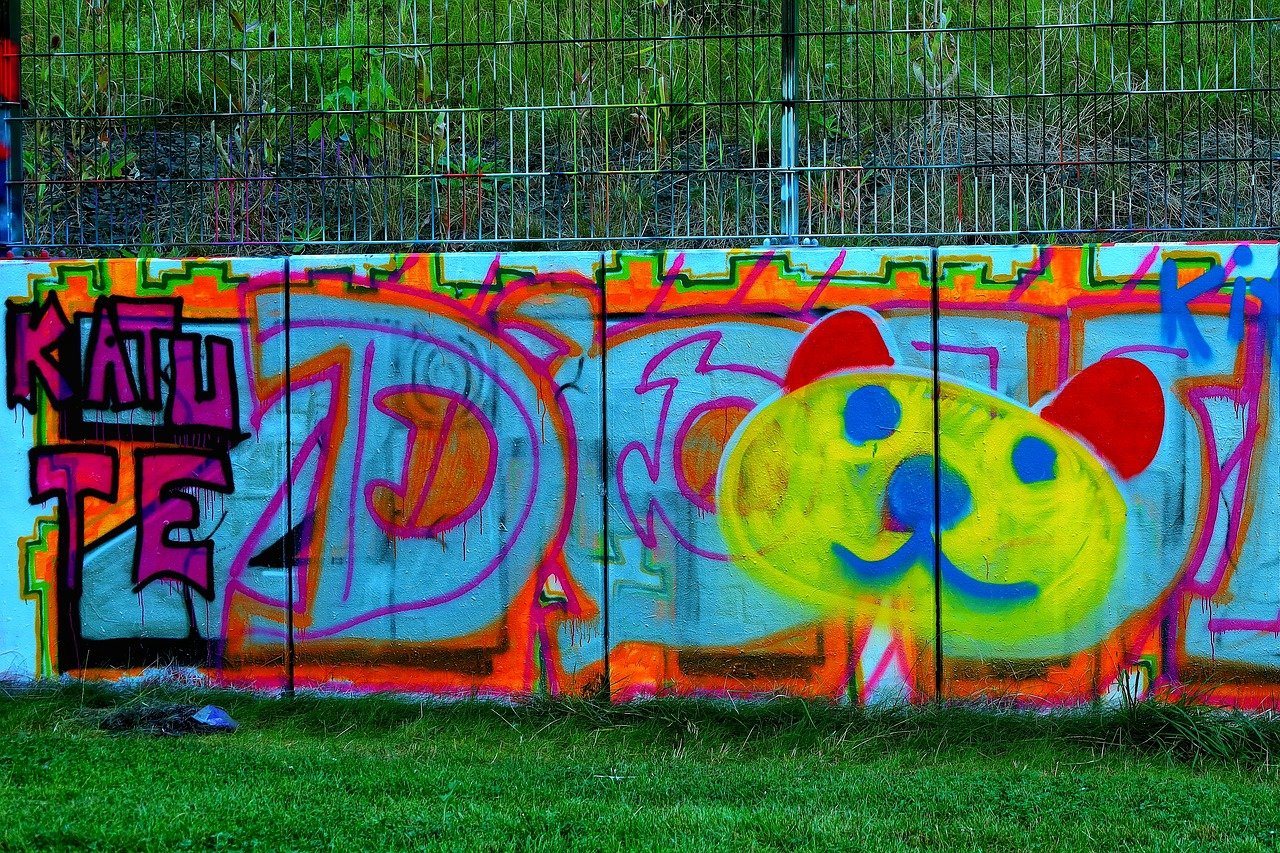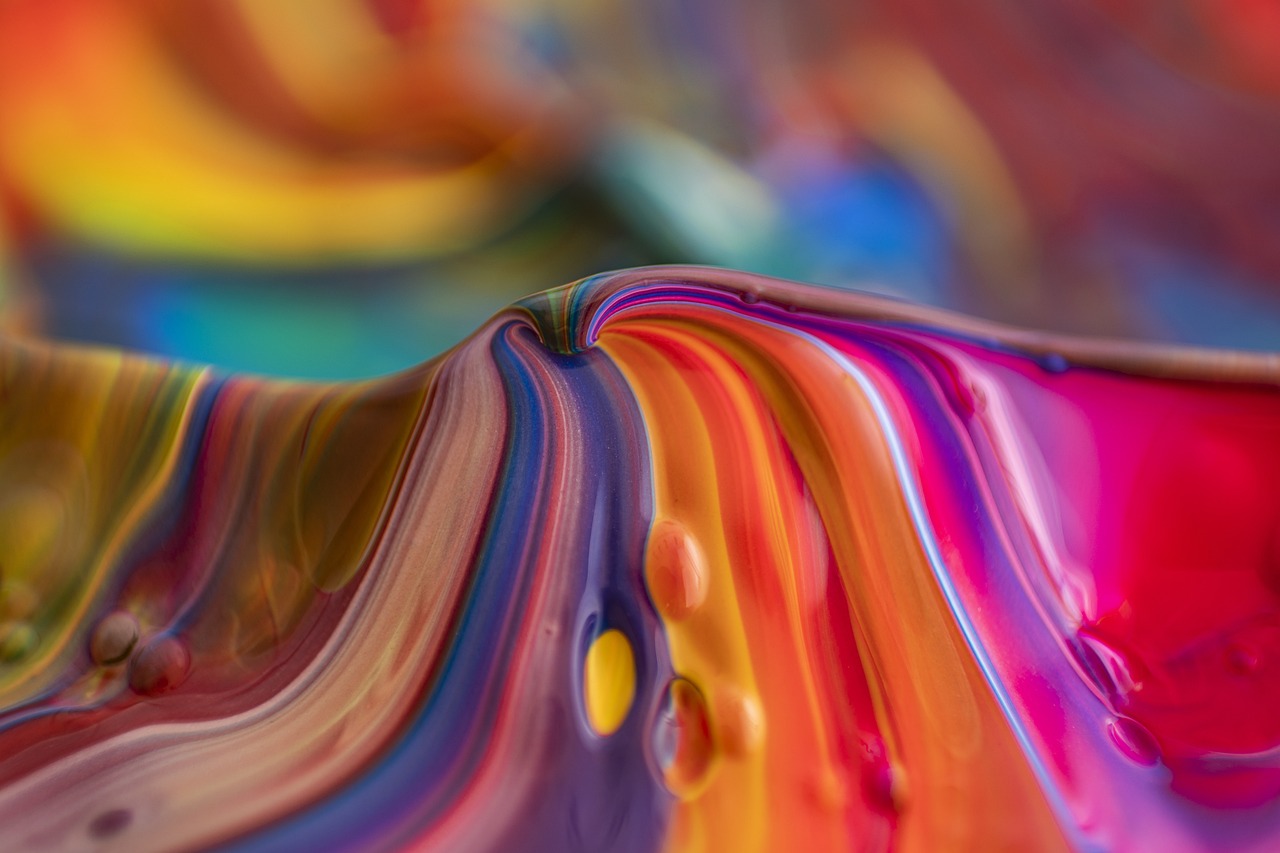The Legacy of Surrealism in Contemporary Culture
Surrealism, with its roots in the early 20th century, continues to leave an indelible mark on contemporary culture, shaping various facets of modern society with its enigmatic charm and thought-provoking allure. This artistic movement, characterized by its embrace of the subconscious mind and the juxtaposition of seemingly unrelated elements, has transcended time and space to influence art, literature, fashion, film, psychology, and more.

Artistic Influence
Exploring how the artistic movement of Surrealism continues to influence and shape various aspects of modern society, from art and literature to fashion and film, highlighting its lasting impact on cultural expression and creativity.
Artists of today have embraced the unconventional and thought-provoking techniques of Surrealism, infusing their work with a sense of mystery and intrigue. Through the use of automatic drawing and dream-like imagery, contemporary artists push the boundaries of traditional art forms, inviting viewers to explore the depths of their imagination. This fusion of reality and fantasy creates a mesmerizing experience that challenges perceptions and sparks new ideas.

Literary Impact
Surrealism's influence on modern literature is profound, with writers drawing inspiration from the movement's innovative approach to storytelling and exploration of the subconscious mind. The legacy of Surrealism can be seen in the works of contemporary authors who use dream-like imagery, disjointed narratives, and symbolic language to create captivating and thought-provoking stories that challenge traditional literary conventions.
Authors like Haruki Murakami and Angela Carter have been praised for their incorporation of Surrealist elements in their novels, blurring the lines between reality and fantasy to delve into the complexities of human experience. Through the use of surreal imagery and unconventional storytelling techniques, these writers invite readers to question the nature of reality and explore the depths of the human psyche in ways that conventional literature often cannot.
By embracing Surrealist themes of the unconscious mind, the juxtaposition of the ordinary and the extraordinary, and the liberation of creative expression, contemporary writers continue to push the boundaries of storytelling and engage readers in a journey of self-discovery and introspection. The literary impact of Surrealism extends beyond mere storytelling; it serves as a gateway to exploring the mysterious and enigmatic aspects of human existence, inviting readers to expand their imagination and perceive the world from a new and unconventional perspective.

Psychological Exploration
Psychological Exploration of Surrealism delves deep into the subconscious realms of the human mind, unraveling the intricate connections between art and psychology. The surrealists believed in the power of the unconscious mind to reveal hidden truths and desires, a concept that continues to captivate psychologists and therapists today. By tapping into the mysterious depths of the psyche, Surrealism challenges conventional notions of reality and perception, offering a unique lens through which to explore the complexities of human consciousness.
One of the key principles of Surrealism is the liberation of the mind from rational constraints, allowing for the free association of ideas and images. This approach mirrors certain techniques used in modern psychology, such as dream analysis and cognitive therapy, which aim to uncover underlying thoughts and emotions that may be hidden from conscious awareness. The surrealists' emphasis on the subconscious as a wellspring of creativity and insight has influenced therapeutic practices, inspiring new methods of self-exploration and healing.
Through the exploration of dreams, fantasies, and symbolic imagery, Surrealism offers a pathway to the unconscious mind, where repressed memories and emotions reside. By embracing the irrational and the fantastical, surrealists sought to confront the darker aspects of human experience, inviting viewers to confront their fears and desires in a safe and controlled environment. This psychological journey into the unknown has inspired psychologists to develop innovative approaches to therapy, encouraging patients to confront their innermost thoughts and feelings without judgment or inhibition.
The impact of Surrealism on psychology extends beyond individual therapy sessions to the broader field of psychoanalysis. Influenced by the works of Freud and Jung, surrealists sought to explore the hidden recesses of the mind, uncovering the symbolic language of the unconscious. This symbiotic relationship between art and psychology continues to shape contemporary understandings of mental health and well-being, emphasizing the importance of creativity and self-expression in the process of healing and self-discovery.

Cinematic Expression
When it comes to cinematic expression, Surrealism has left an indelible mark on contemporary filmmaking, revolutionizing the way stories are told on the silver screen. Filmmakers have embraced the movement's dream-like visuals, nonlinear narratives, and avant-garde techniques to push the boundaries of traditional storytelling and immerse audiences in a world of imagination and wonder.
One of the hallmarks of Surrealist cinema is its ability to challenge conventional narrative structures and provoke emotional responses through visually striking imagery and symbolic storytelling. Directors like David Lynch and Alejandro Jodorowsky have masterfully incorporated Surrealist elements into their films, creating surreal landscapes that blur the line between reality and fantasy.
Through the use of symbolism, juxtaposition, and unexpected juxtapositions, Surrealist filmmakers invite viewers to question their perceptions of reality and explore the depths of the subconscious mind. By disrupting linear storytelling and embracing ambiguity, they invite audiences on a journey of self-discovery and introspection, inviting them to interpret the narrative in their own unique way.
Furthermore, Surrealist cinema often delves into themes of identity, desire, and the nature of existence, challenging viewers to confront their deepest fears and desires in a visually arresting and thought-provoking manner. By harnessing the power of the surreal, filmmakers can evoke powerful emotions and provoke profound insights that linger long after the credits roll.

Fashion and Design
When it comes to , Surrealism has left an indelible mark on the creative landscape. Designers today are not just creating clothes; they are crafting experiences that blur the lines between reality and fantasy. Surrealist aesthetics, with their whimsical and provocative nature, have seeped into the very fabric of modern fashion, inspiring designers to push boundaries and defy conventional norms.
Imagine a runway where garments come alive, telling stories of dreams and subconscious desires. This is the world of Surrealist fashion, where garments are not just clothes but pieces of art that challenge perceptions and ignite the imagination. Designers draw inspiration from the movement's emphasis on the bizarre and the unexpected, creating collections that are as thought-provoking as they are visually stunning.
In the realm of Surrealist design, nothing is off-limits. Shapes twist and contort, fabrics morph into surreal textures, and colors clash in a harmonious cacophony. It's a world where the ordinary becomes extraordinary, where the mundane is transformed into the extraordinary. Surrealist fashion is not just about what you wear; it's about how you wear it and the story it tells.
Designers like Elsa Schiaparelli and Thom Browne have embraced Surrealism in their work, infusing their collections with a sense of whimsy and wonder. From Schiaparelli's iconic lobster dress to Browne's avant-garde runway shows, Surrealist influences can be seen in every stitch and seam.
Surrealist design is not just about creating beautiful clothes; it's about creating a narrative, a world where the boundaries between reality and fantasy blur. It's about challenging perceptions and inviting the viewer to question what they see. In a world where conformity reigns, Surrealist fashion dares to be different, to be bold, to be unexpected.

Political and Social Commentary
Political and Social Commentary in contemporary culture reflects the enduring legacy of Surrealism in challenging societal norms and ideologies. Artists and activists utilize Surrealist imagery to provoke critical thinking and inspire change, transcending traditional boundaries of expression. By blending the whimsical and provocative style of Surrealism with powerful social messages, creators engage audiences in thought-provoking dialogues on pressing political and social issues.

Digital Revolution
The has transformed the way we interact with art, pushing boundaries and redefining traditional artistic practices. In the realm of Surrealism, this revolution has opened up new avenues for creativity, allowing artists to explore the depths of the subconscious in innovative ways. Through the use of digital tools and virtual reality, creators can now craft immersive experiences that blur the lines between reality and imagination, inviting viewers to step into surreal worlds where the impossible becomes possible.
One of the key aspects of the Digital Revolution in Surrealism is the ability to create interactive artworks that engage the audience on a deeper level. Through interactive installations and virtual environments, artists can elicit emotional responses and provoke introspection, inviting viewers to actively participate in the artistic experience. This dynamic interaction between the viewer and the artwork adds a new dimension to Surrealist expression, enhancing the impact and resonance of the creative work.
Furthermore, the integration of digital technology has enabled Surrealist artists to experiment with new forms of expression and push the boundaries of traditional art forms. From digital collages to augmented reality experiences, creators are constantly innovating and exploring the possibilities of merging technology with Surrealist aesthetics. This fusion of art and technology not only expands the artistic landscape but also challenges conventional notions of reality and perception, inviting audiences to question their own understanding of the world around them.

Global Influence
Surrealism, with its avant-garde spirit and revolutionary approach, has transcended geographical boundaries to leave a profound impact on cultures worldwide. The movement's core principles of freedom, creativity, and imagination resonate with individuals from diverse backgrounds, fostering a global community of artists, thinkers, and enthusiasts who continue to draw inspiration from its legacy. From the bustling streets of Paris to the serene landscapes of Japan, Surrealism has sparked a creative revolution that knows no limits.
Frequently Asked Questions
- What is Surrealism?
Surrealism is an artistic and literary movement that emerged in the early 20th century, characterized by its exploration of the unconscious mind, dream imagery, and irrational juxtapositions. It seeks to challenge conventional norms and provoke thought through unconventional and imaginative expressions.
- How does Surrealism continue to influence contemporary culture?
Surrealism's impact on contemporary culture can be seen in various forms, including art, literature, fashion, film, and even psychology. Artists and creators continue to draw inspiration from Surrealist principles to push boundaries, challenge perceptions, and evoke deep emotional responses in audiences.
- What are some key characteristics of Surrealism?
Key characteristics of Surrealism include the use of dream-like imagery, unexpected juxtapositions, exploration of the unconscious mind, and a rejection of rationality. Surrealist works often blur the line between reality and fantasy, inviting viewers to delve into the realm of the subconscious.
- How has Surrealism influenced contemporary cinema?
Surrealist elements in contemporary cinema can be observed through the use of dream sequences, nonlinear narratives, and symbolic visuals that challenge traditional storytelling conventions. Filmmakers incorporate Surrealism to create immersive experiences that engage viewers on a deep emotional and psychological level.
- What role does Surrealism play in social and political commentary?
Surrealism serves as a powerful tool for critiquing societal norms and challenging political ideologies in contemporary culture. Artists and activists use Surrealist imagery to provoke thought, spark conversations, and inspire change by offering alternative perspectives and questioning established beliefs.



















